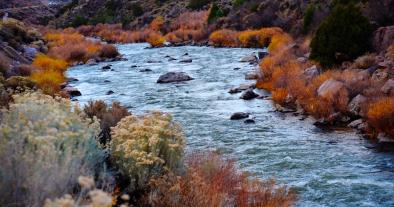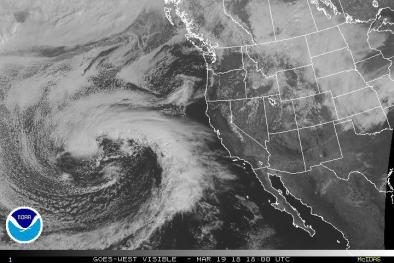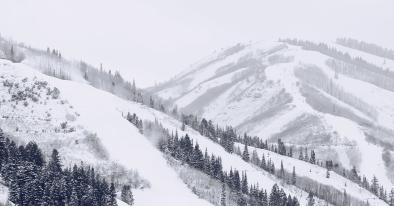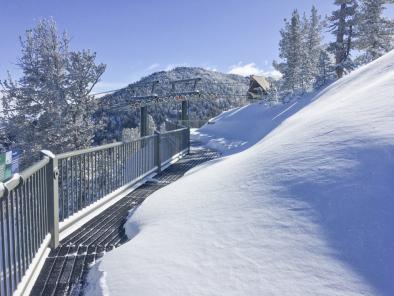Snowmelt response to simulated warming across a large elevation gradient, southern Sierra Nevada, California
Abstract. In a warmer climate, the fraction of annual meltwater produced at high melt rates in mountainous areas is projected to decline due to a contraction of the snow-cover season, causing melt to occur earlier and under lower energy conditions. How snowmelt rates, including extreme events relevant to flood risk, may respond to a range of warming over a mountain front is poorly known. We present a model sensitivity study of snowmelt response to warming across a 3600 m elevation gradient in the southern Sierra Nevada, USA. A snow model was run for three distinct years and verified against extensive ground observations. To simulate the impact of climate warming on meltwater production, measured meteorological conditions were modified by +1 to +6 °C. The total annual snow water volume exhibited linear reductions (−10 % °C−1) consistent with previous studies. However, the sensitivity of snowmelt rates to successive degrees of warming varied nonlinearly with elevation. Middle elevations and years with more snowfall were prone to the largest reductions in snowmelt rates, with lesser changes simulated at higher elevations. Importantly, simulated warming causes extreme daily snowmelt (99th percentiles) to increase in spatial extent and intensity, and shift from spring to winter. The results offer insight into the sensitivity of mountain snow water resources and how the rate and timing of water availability may change in a warmer climate. The identification of future climate conditions that may increase extreme melt events is needed to address the climate resilience of regional flood control systems.
Related Content






